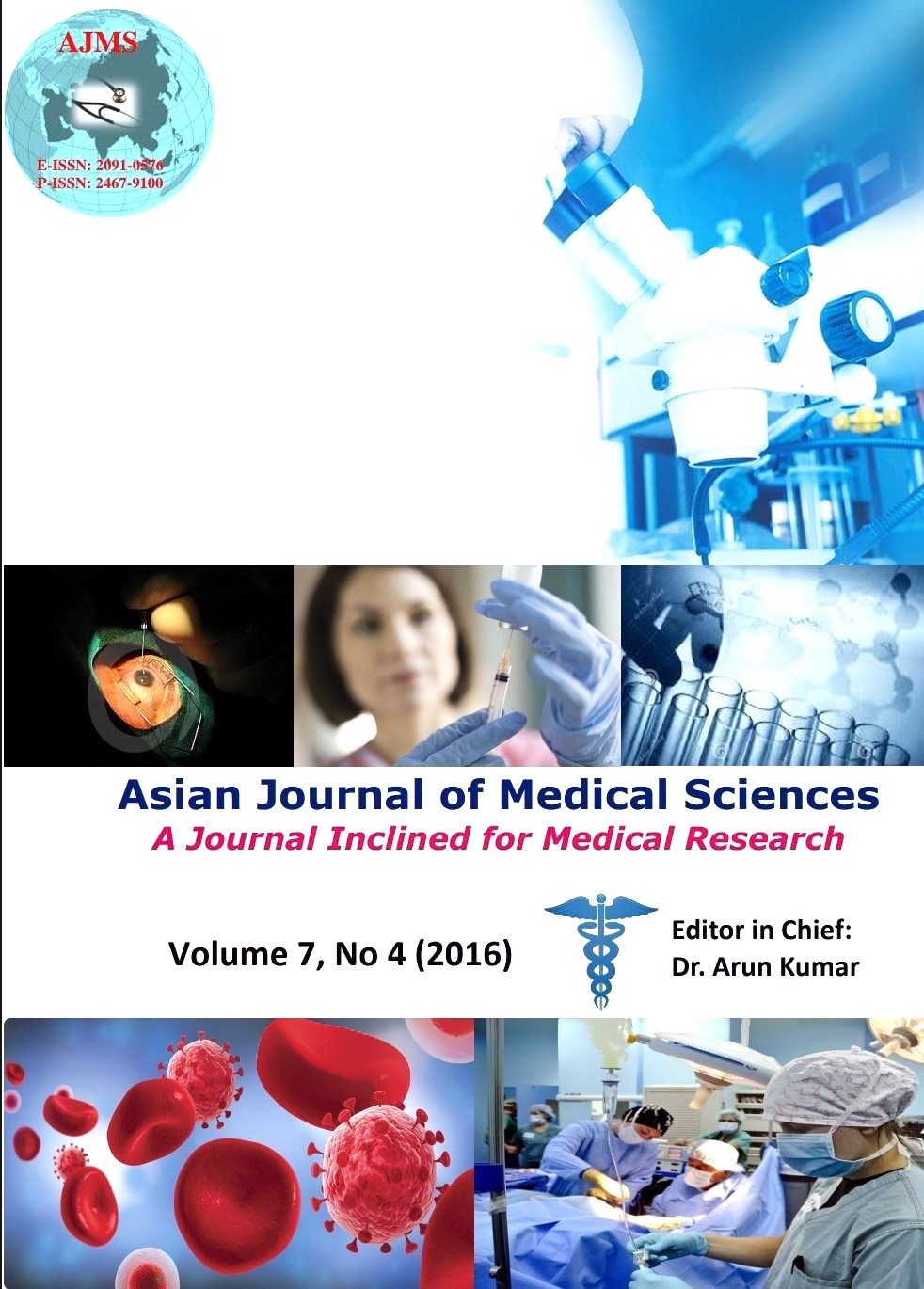Parental coping mechanisms in children with congenital heart disease at tertiary cardiac centre
Keywords:
Parental coping, Coping mechanism, Congenital heart diseaseAbstract
Background: Congenital Heart Diseases (CHD) are among the most pervasive and serious chronic illnesses. Parents of children with a chronic condition must cope with greater demands and adopt different behaviors in order to lessen the impact on the family structure.
Aims and Objectives: This study aims to explore the coping mechanism used by parents of children with CHD.
Materials and Methods: This descriptive study included 100 parents of children with CHD selected through non-probability purposive sampling technique. Data were collected by interview and analyzed using descriptive statistics.
Result: This study revealed that parents of preschool children used more coping mechanism (mean score 30.53 out of total score 57), followed by parents of adolescence (mean score 30). Parents of first-born children with CHD used less coping mechanism (mean score 28.08). Parents of female children used more coping mechanism (mean score 29.52), fathers of children with CHD used more coping mechanism (mean score 29.78), and parents of operated children used more coping mechanism (mean score 29.11).
Conclusion: Parental coping mechanism was found to be affected by age, sex, operative status and birth order of children and also by the sex of parent. These findings strongly indicate the need for proper counseling service to parents so that healthy coping is reinforced.
Asian Journal of Medical Sciences Vol.7(4) 2016 75-79
Downloads
Downloads
Published
How to Cite
Issue
Section
License
Authors who publish with this journal agree to the following terms:
- The journal holds copyright and publishes the work under a Creative Commons CC-BY-NC license that permits use, distribution and reprduction in any medium, provided the original work is properly cited and is not used for commercial purposes. The journal should be recognised as the original publisher of this work.
- Authors are able to enter into separate, additional contractual arrangements for the non-exclusive distribution of the journal's published version of the work (e.g., post it to an institutional repository or publish it in a book), with an acknowledgement of its initial publication in this journal.
- Authors are permitted and encouraged to post their work online (e.g., in institutional repositories or on their website) prior to and during the submission process, as it can lead to productive exchanges, as well as earlier and greater citation of published work (See The Effect of Open Access).




